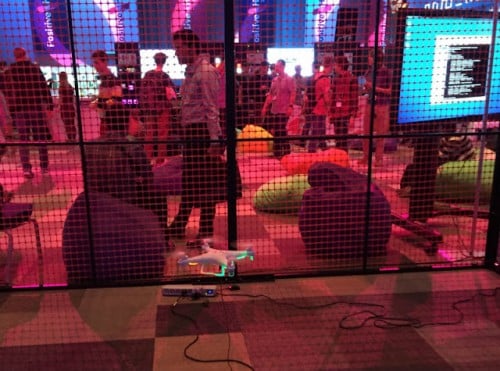Tech Minds: Video on DJI Drone Detection on the AntSDR E200
Just recently we posted about the release of some firmware for the AntSDR E200 which allows it to decode DJI DroneID. DroneID is a protocol designed to transmit the position of the drone and operator to authorized entities such as law enforcements and operators of critical infrastructure.
In his latest video Matt from the Tech Minds YouTube channel shows this firmware in action. In the video he first shows how to install the firmware, and how to connect to its serial output. He goes on to test it with his DJI Mini 4 Pro and show some live DroneID frames being decoded.
